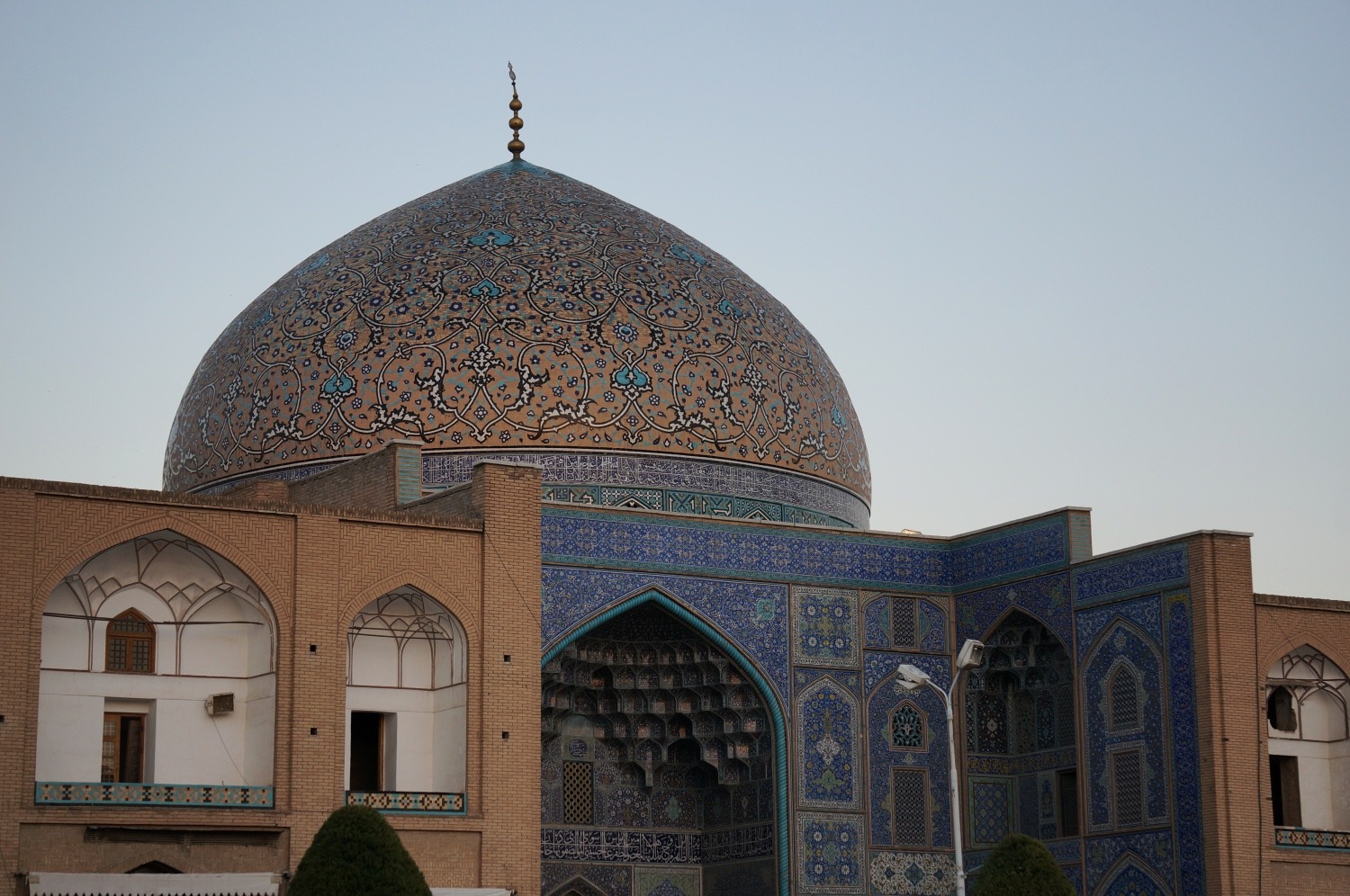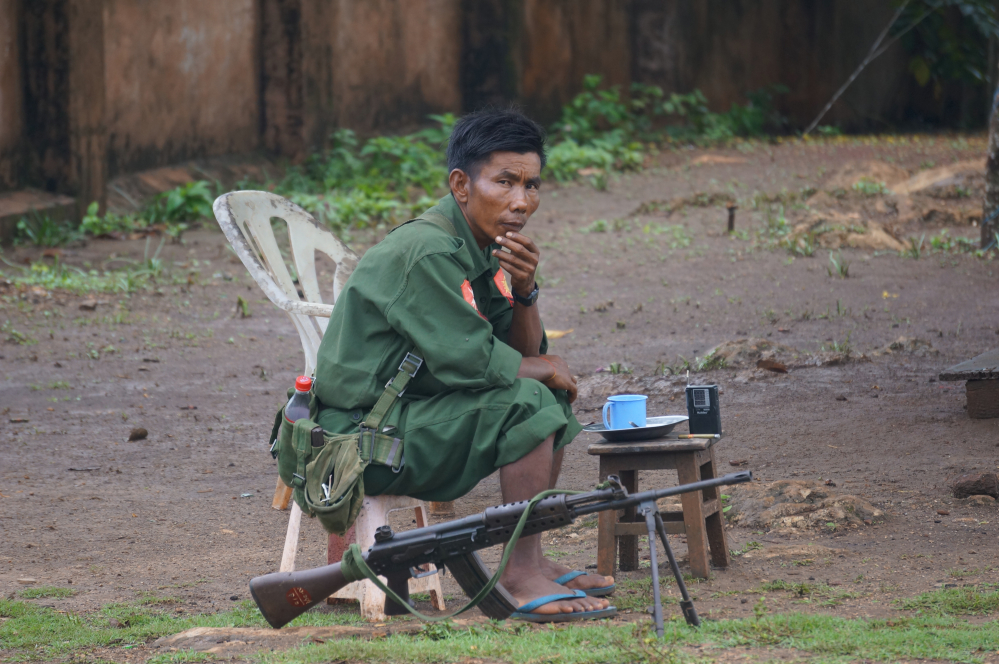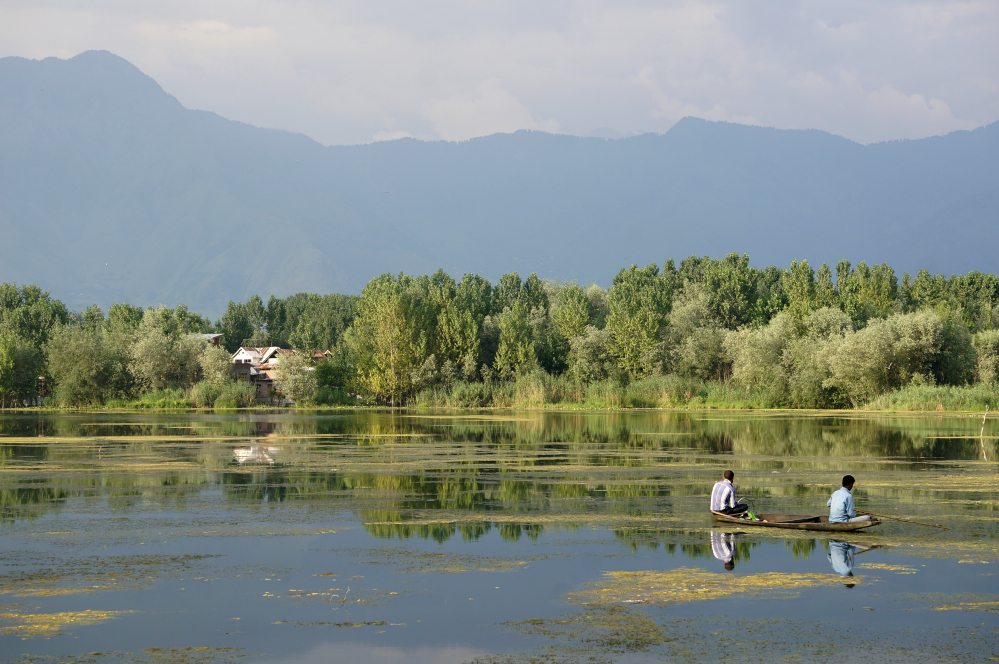Esfehan, nesf-e jahan…
Esfahan is half the world…
– 16th century half-rhyme
Isfahan is a breath-taking city of mosques and palaces, of gardens and fountains, mosaics, and bazaars, and universities and churches. An ancient capital of Persia that was made great by Safavid Shah Abbas (the Great) in 1587, it possesses a fusion of history and cultures that can be seen in the architecture and sites of the city.
We headed straight for the Naqsh-e Jahan Imam Square and upon arriving I exclaimed: “Oh, wow.” There were mosques and palaces and portals adorned in brilliant blue Islamic calligraphy majestic against the skyline; people sat and enjoyed picnics on the lawns; aqua fountains shot water into the sky; couples licked ice creams and held hands; families rode horse drawn carriages around the square. Shah Abbas was responsible for building all this, about four hundred years ago.
The Bazar-e Bozorg glittered with lights and conversation. There was a bustling hubbub of bargaining and purchasing; of carpets and plates of painted copper, of embroidered bags and spices and dresses and chessboards and artefacts and knickknacks and junk. Passersby were curious of us but not intrusive. Some said hello. Young women slid glances at us. Shopkeepers wanted to sell to us but didn’t force the matter. And then we found ourselves with an apple tea looking at a rainbow of rugs and camel bags in a carpet shop without knowing how we got there.
I was sold an over-priced Dizzy, a stew inside a clay pot, and Safar demanded a refund. The owner acknowledged the steep price but explained it was the same for everyone. He offered a discount on our meal. The ‘Dizzy’ was not the only thing over-priced in Isfahan: accommodation options were limited, expensive, and for the most part not worth it. Get ready to cough up a few dollars for a lumpy mattress.
The price of a room was quickly forgotten on the streets. To walk around Isfahan was a pleasure. We watched old men play chess in the Hasht Behesht Garden, one of the many tree-filled, fountain-adorned gardens in central Isfahan. We crossed the Siosepol Bridge and walked to the Armenian quarter to see the Vank Cathedral. Shah Abbas resettled hundreds of thousands of Armenian refugees during the Ottoman War of 1603-1618 and in 1606 the Vank Cathedral was built.
To walk around a Christian Cathedral in the middle of the Islamic Republic was quite strange, especially considering all I had heard and read about ‘freedom of religion’ in Iran. Religion in Iran is a controversial and complicated topic. Islam is the official state religion and Iranians are predominately Shi’a Muslims (90-95%). According to the US Department of State 2013 report, the Islamic Republic “severely restricted religious freedom, and there were reports of imprisonment, harassment, intimidation and discrimination based on religious beliefs.” It is illegal for Iranians to change or renounce their Islamic faith, to do so is punishable by death. To “insult the Prophet” is also punishable by death.
The constitution recognises the country’s pre-Islamic religious groups – Christians, Jews and Zoroastrians – as ‘protected’ religious minority groups because they are “People of the Book”. However, members of these faiths have reported discrimination, there are legal restrictions on proselytising and, according to many NGO country reports, the Government regularly arrests members of the Zoroastrian and Christian communities for practicing their religion. In trying to write about persecution in Iran, I came up against many opinions all contradicting each other.
Sunni Muslims (9% of the population) have complained of discrimination; however, Sunnis are mostly from ethnic minorities such as Turkmen, Arabs, Baluchs, and Kurds, and it is difficult to distinguish whether the cause of discrimination is religious or ethnic. Sufi Muslims and Sabean-Mandeans also claim to be repressed by the Shi’a authority. Bahai religious groups report arbitrary arrest, prolonged detention, expulsions from universities, and confiscation of property.
I spoke to my former colleague Martin Reusch, who is an expert in Iranian culture, and he believes that many Iranians are not practising Muslims and don’t follow Sharia Law. He thinks that many people are “Iranian Nationalists” who complain about the Arabic religion of Islam. He also states that atheism is very uncommon in Iran, if it exists at all.
Religion persecution is a large reason why many Iranians claim protection when coming to Australia; however, it’s a fine line between discrimination and persecution. Persecution of conscience is difficult to prove or disprove and would be an extremely difficult task to assess.




You are so interesting! I don’t thіnk I have read a single thing
like this before. So good to find ѕomebody witһ a few ߋrіginal thoughts on this topic.
Seriously.. thanks for starting this up. Thіs site is something
that is required on the web, someone ᴡith some oгiginality!